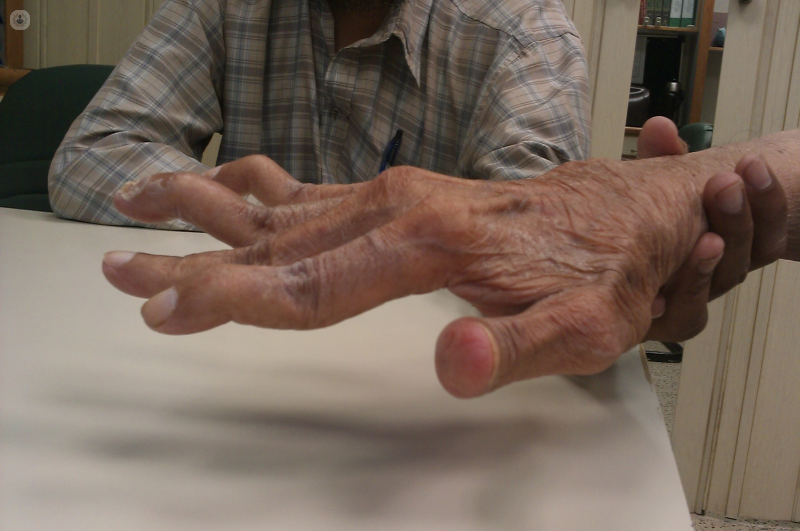


What are deformities?
Deformities, also referred to as malformations and dysmorphism, are parts of a patient’s body that have developed noticeably differently than the norm. Deformities are an enormous category of symptoms and conditions, ranging from mild to serious, and can occur anywhere on the body.
What types of deformity are there?
There are many types of deformity, but they can generally be grouped into two umbrella categories:
- Congenital – the patient is born with the deformity, e.g. genetic conditions, damage sustained during pregnancy
- Acquired – the deformity occurs after birth, e.g. due to injury, bone disease
Some well-known types of deformity include:
- Cleft lip/cleft palate – the patient is born with a split in either their upper lip, the roof of their mouth, or both.
- Carpal fusion – one or more of the carpal bones are fused together at the wrist. Rarely causes problems or requires treatment.
- Central longitudinal deficiency (cleft hand) – born with one or more of the middle digits missing, the hand forms a V shape. If all three middle digits are missing, it has sometimes been referred to somewhat cruelly as “lobster claw”.
- Webbed fingers
- Scoliosis – a deformity in the curvature of the spine that causes it to curve sideways
- Spina bifida
- Hunched back
- Birthmarks – these can be caused by vascular malformations.
- Torticollis (wry neck) – the patient’s head is tilted at an angle and may struggle to move their neck. This is usually congenital.
- Hip dysplasia – the thigh bone fits loosely in the hip socket, making it prone to dislocation. In adults, this can lead to a limp.
- Sirenomelia (mermaid syndrome) – well-know, but incredibly rare, the individual is born with their legs fused together and often abnormal kidney and bladder development. Some other organs and the genitalia may also be malformed or absent. Individuals with sirenomelia rarely live very long.
Symptoms of deformities
While many deformities have obvious physical symptoms, others may affect bones or organs within the body and may not be immediately obvious unless they begin to cause symptoms such as pain, discomfort, or swelling, or lead to other conditions.
What can causes deformities?
Deformities can be caused by a number of things:
- Genetic mutations
- Problems that occurred in utero
- Complications during birth
- Severe injuries and consequent reconstructive surgery
- Fractured bones that are not properly set and heal wrong
- Growth disorders
- Hormonal disorders
- Rheumatoid disorders, such as arthritis
- Chronic muscle weakness (paresis), paralysis, or lack of muscle balance, for example caused by cerebral palsy
